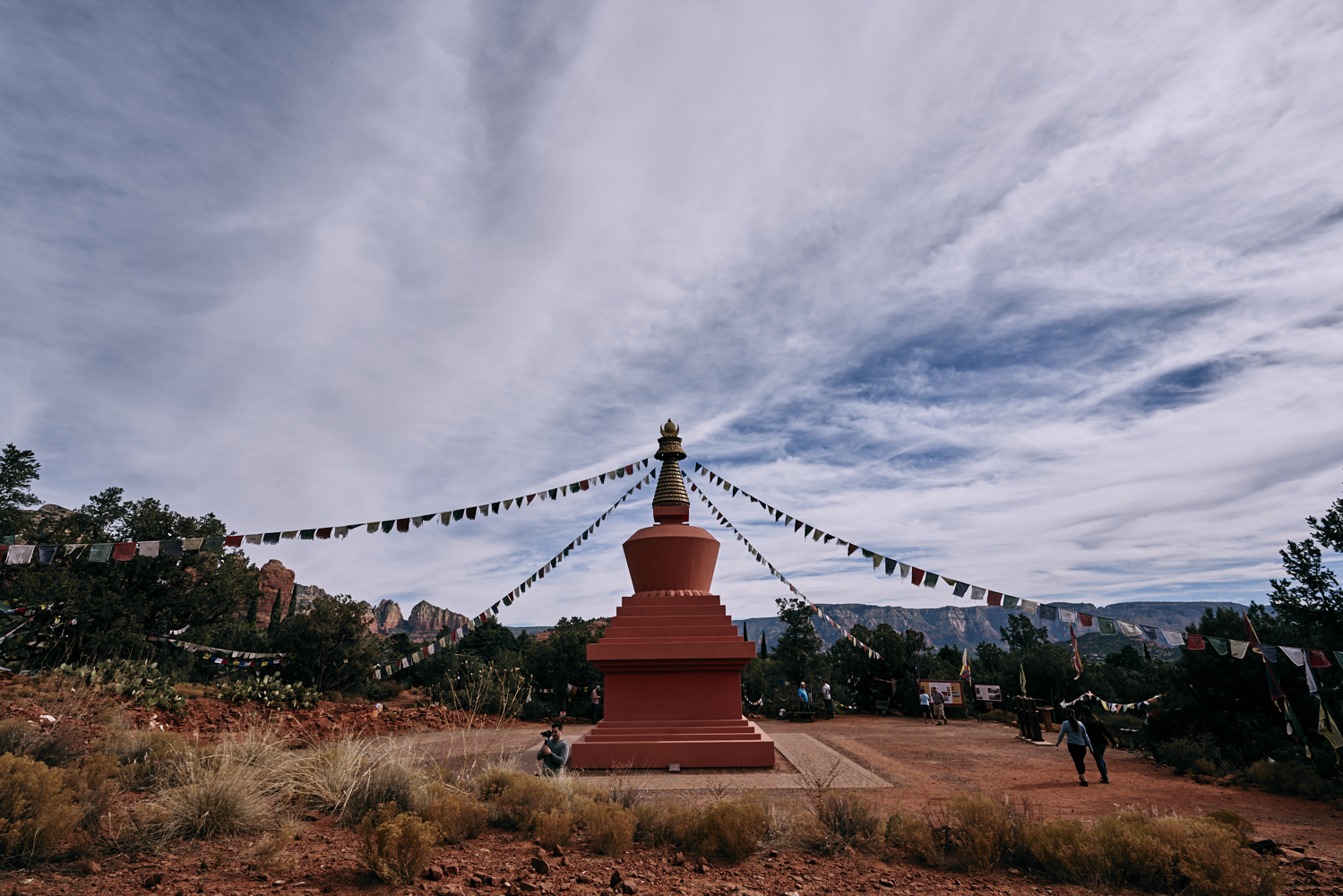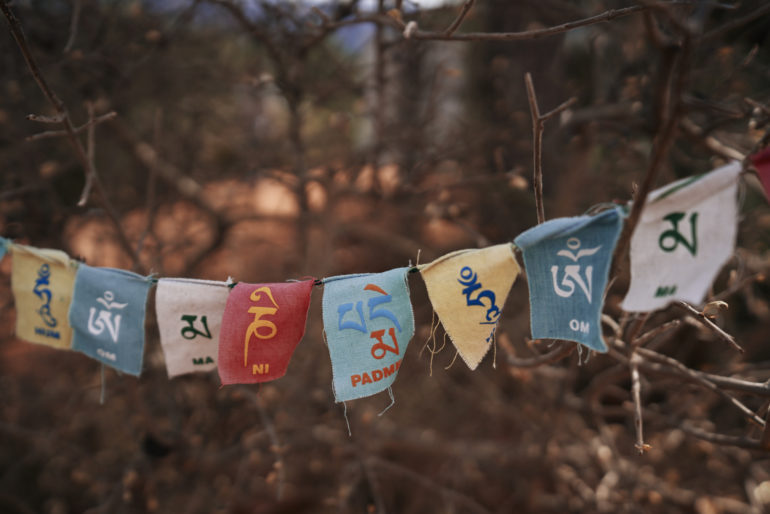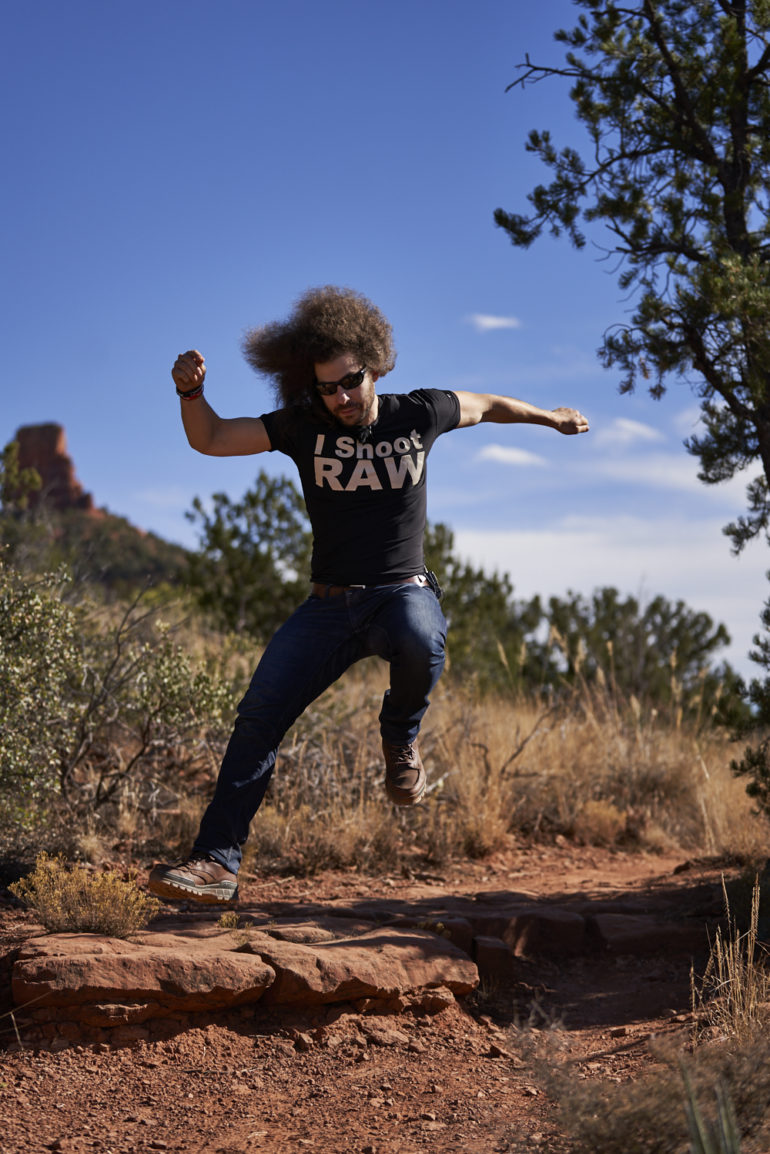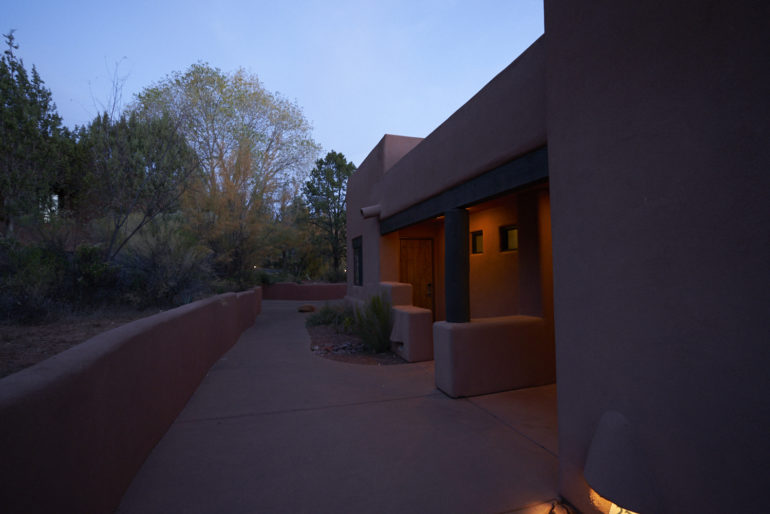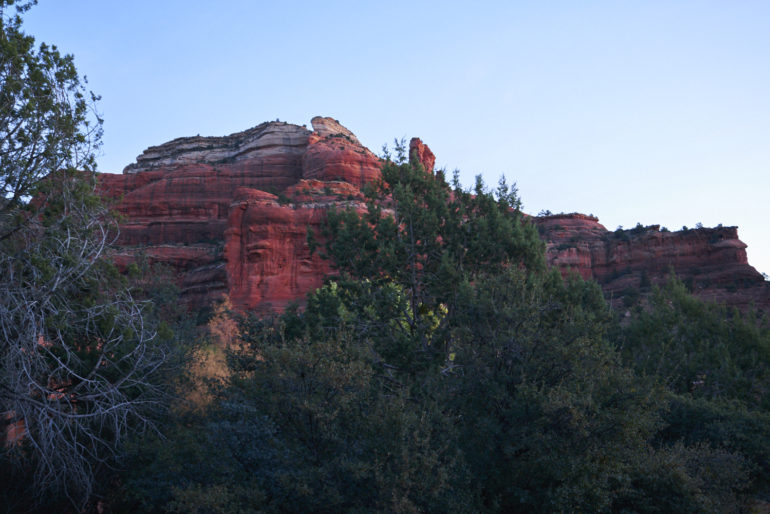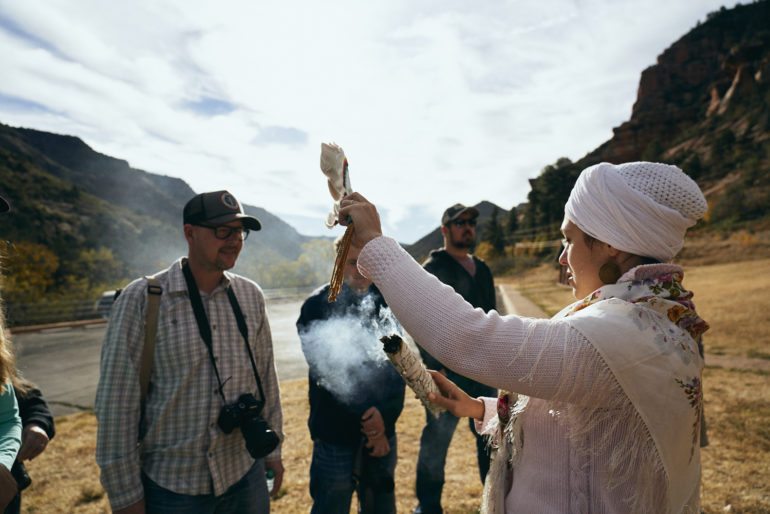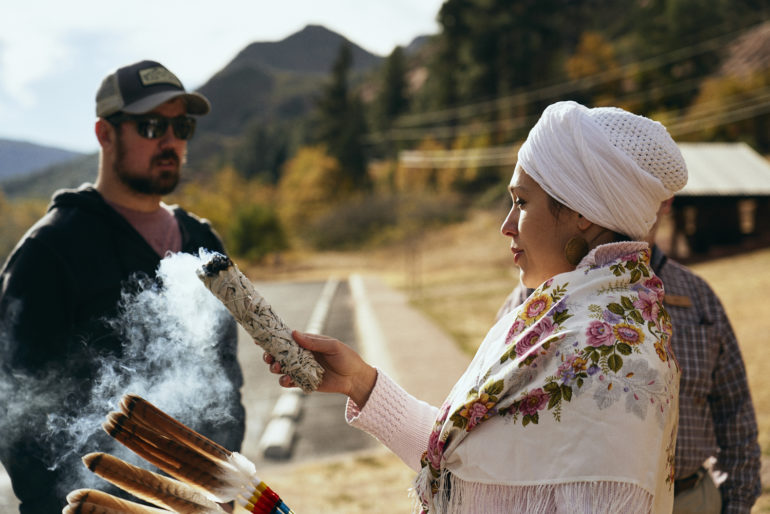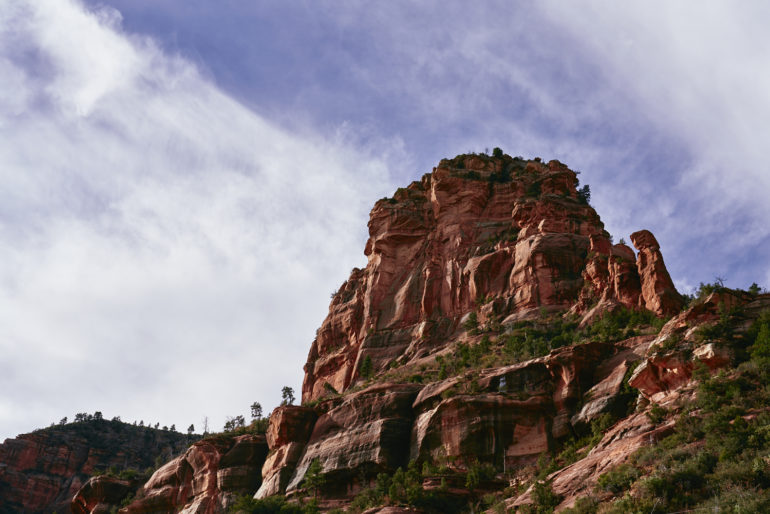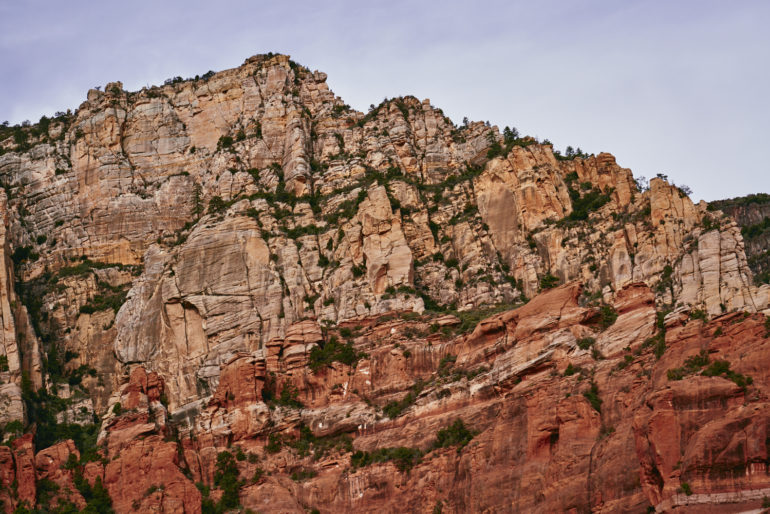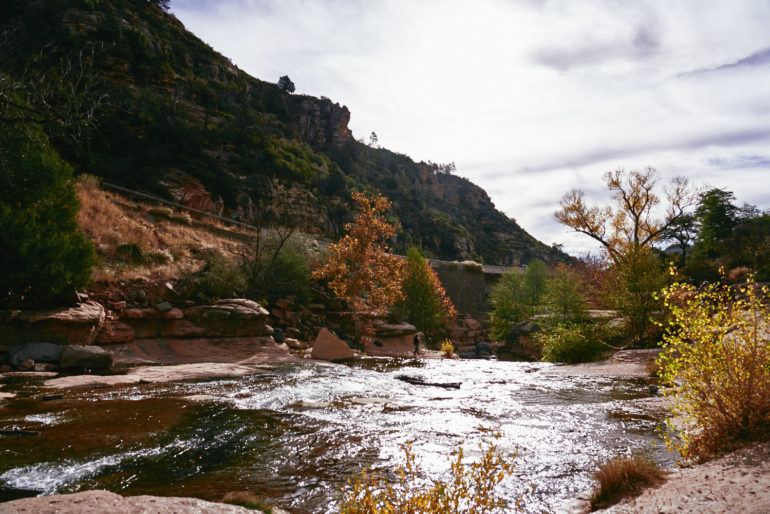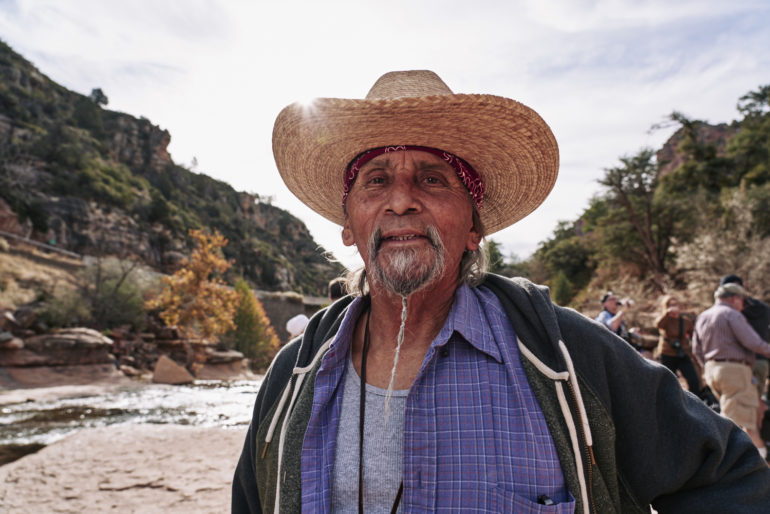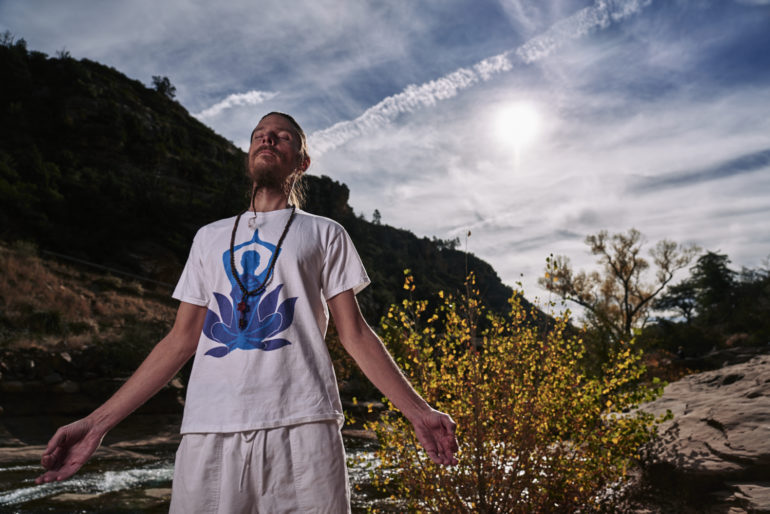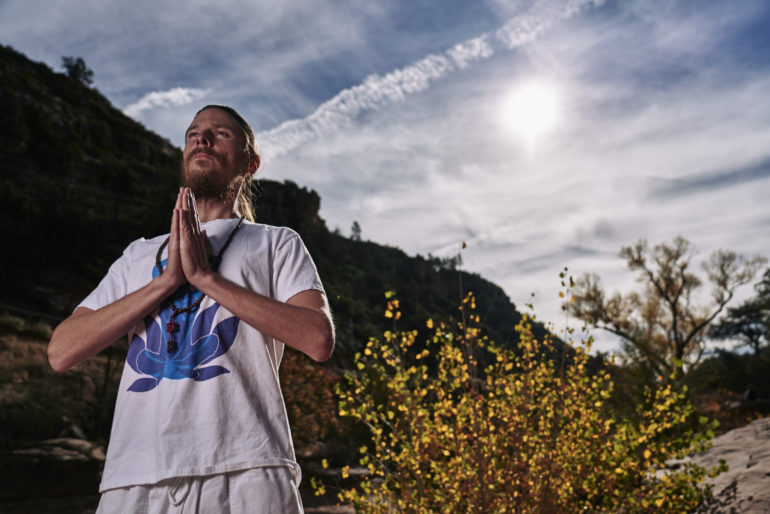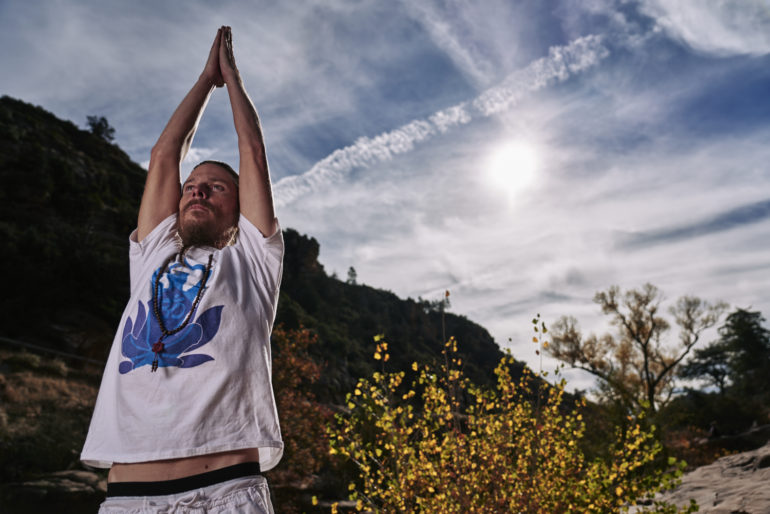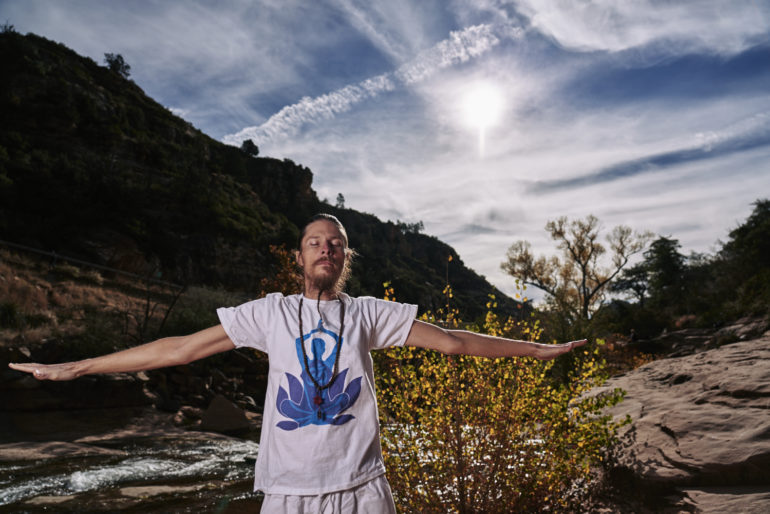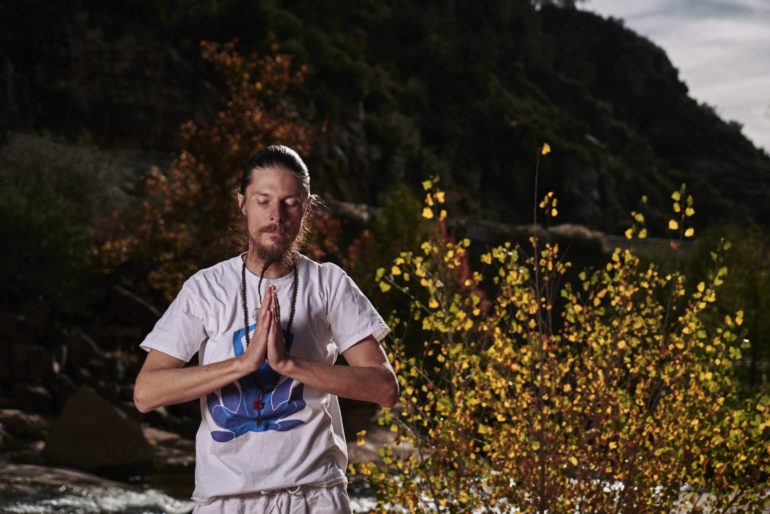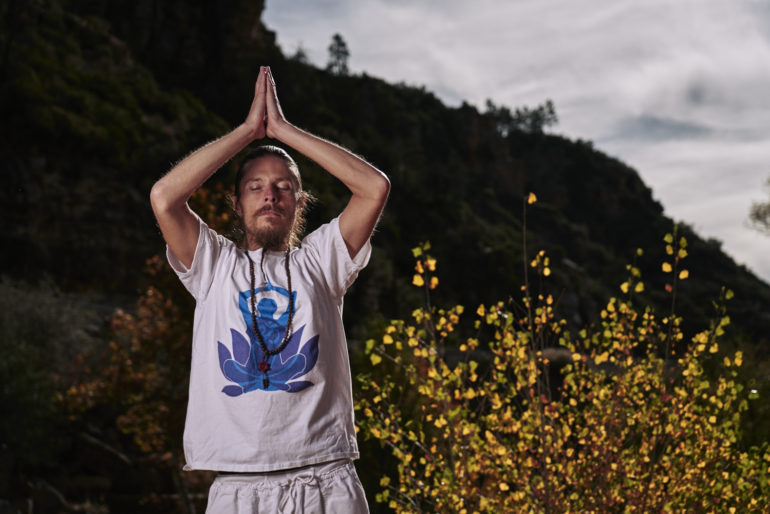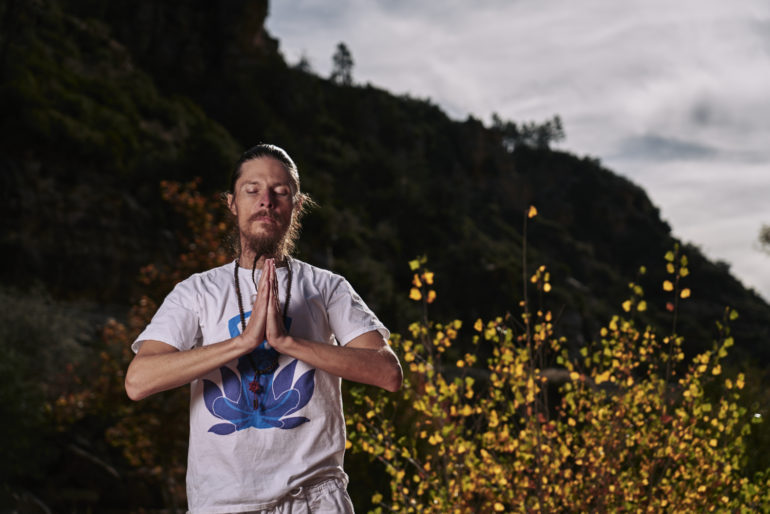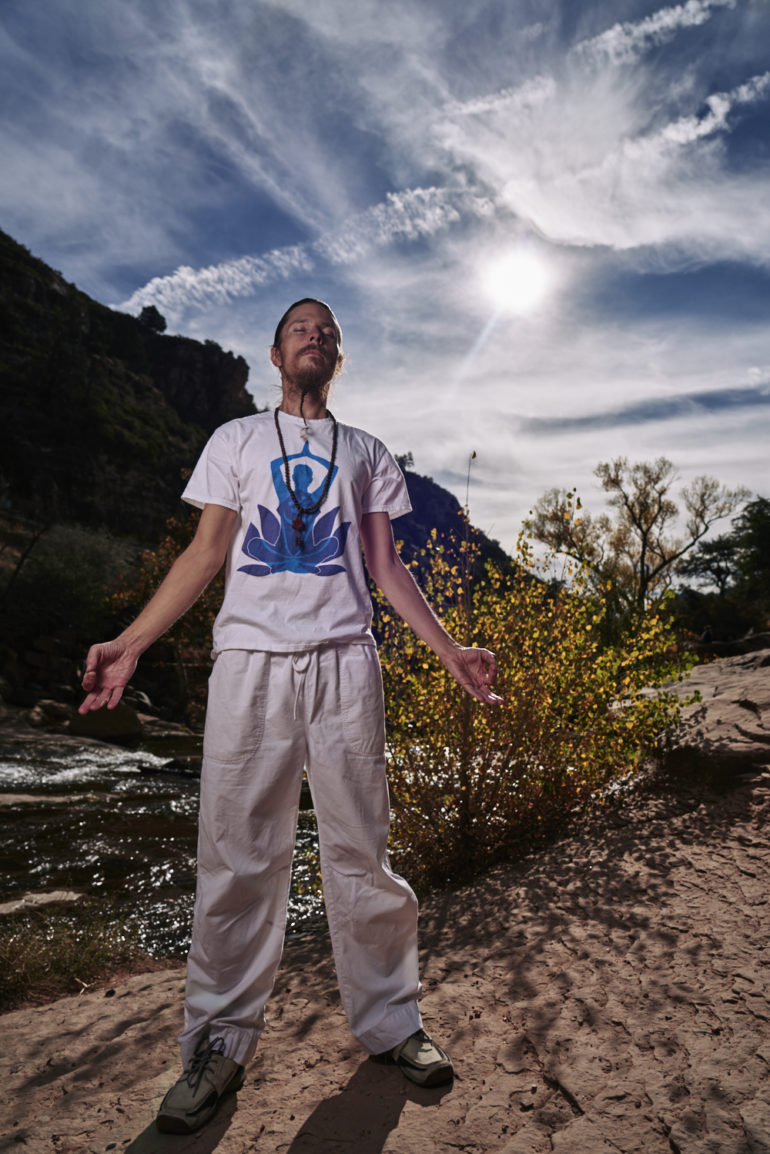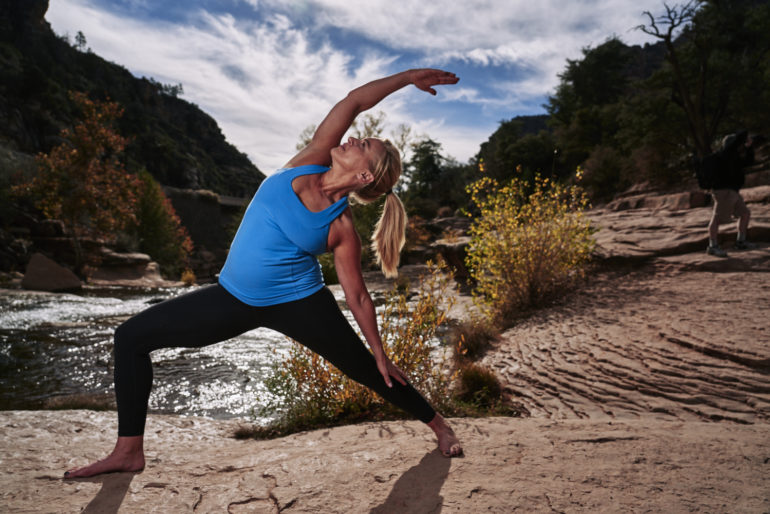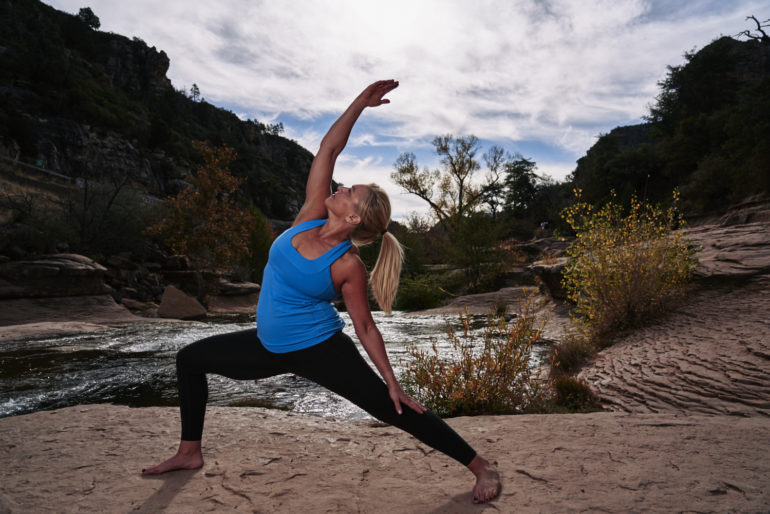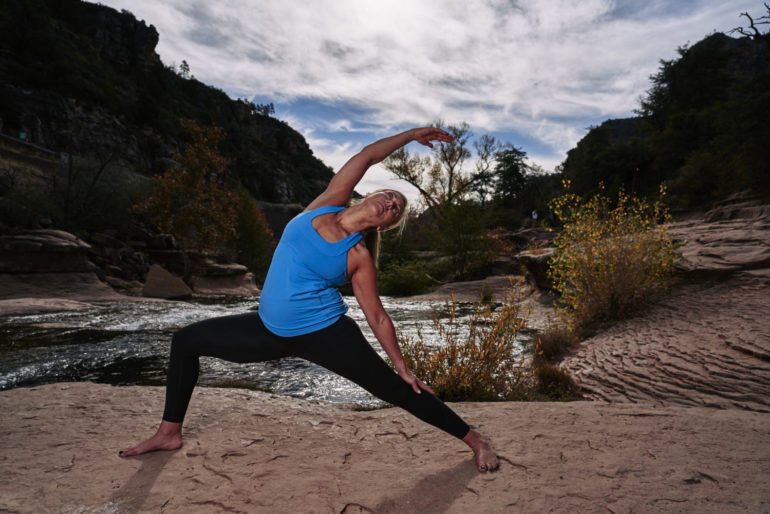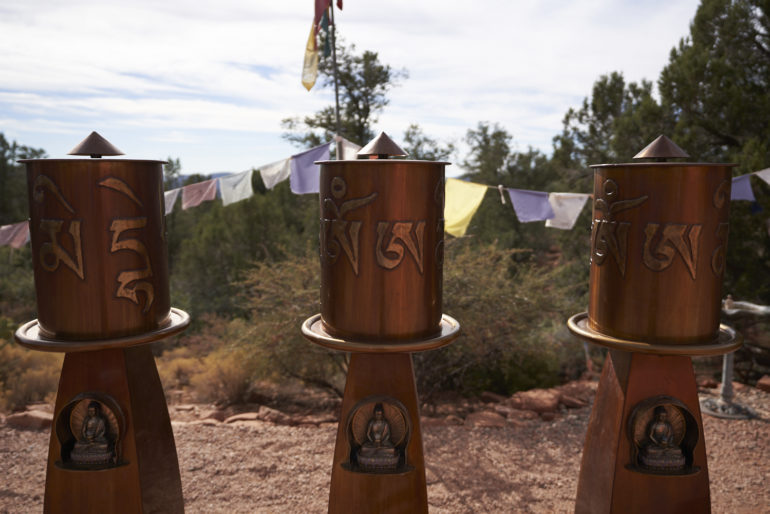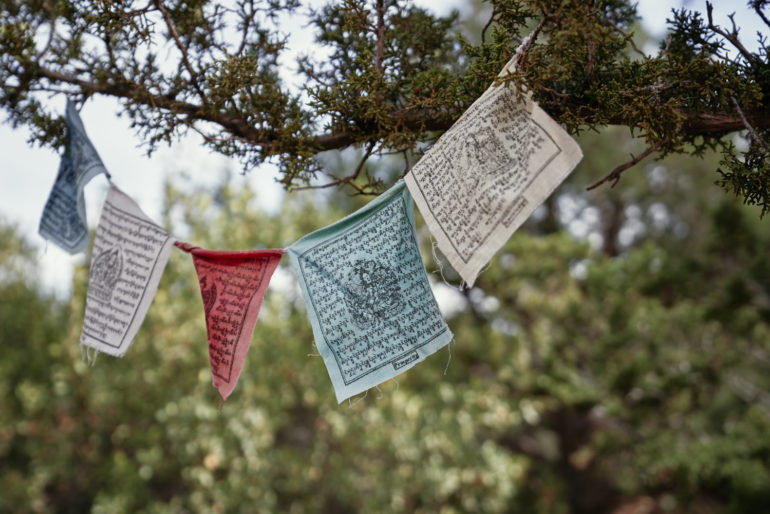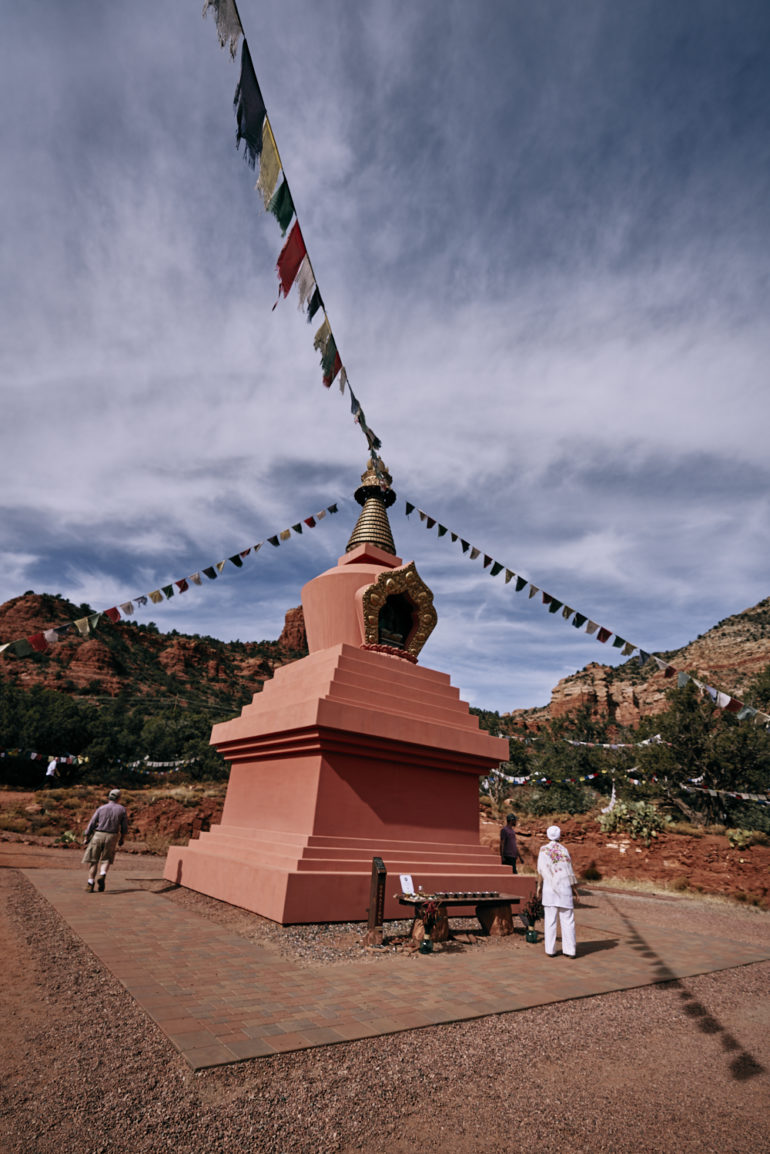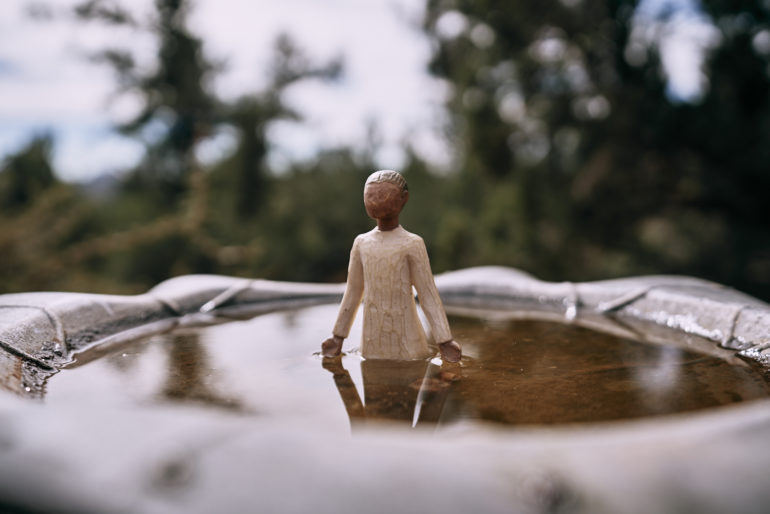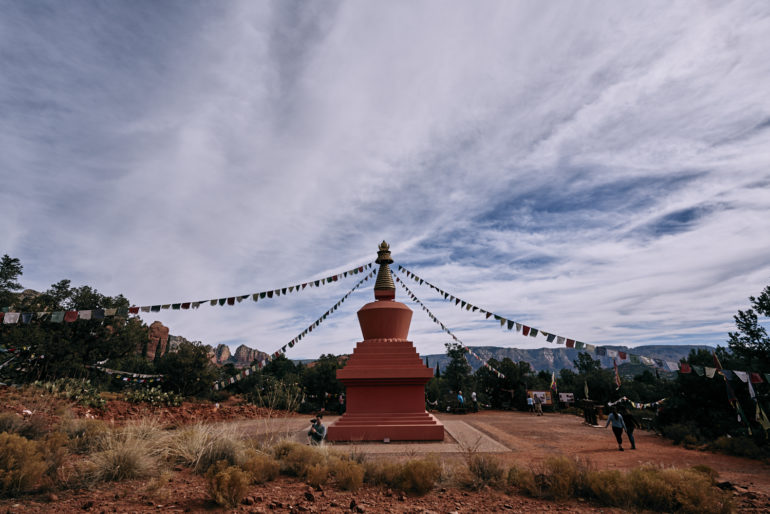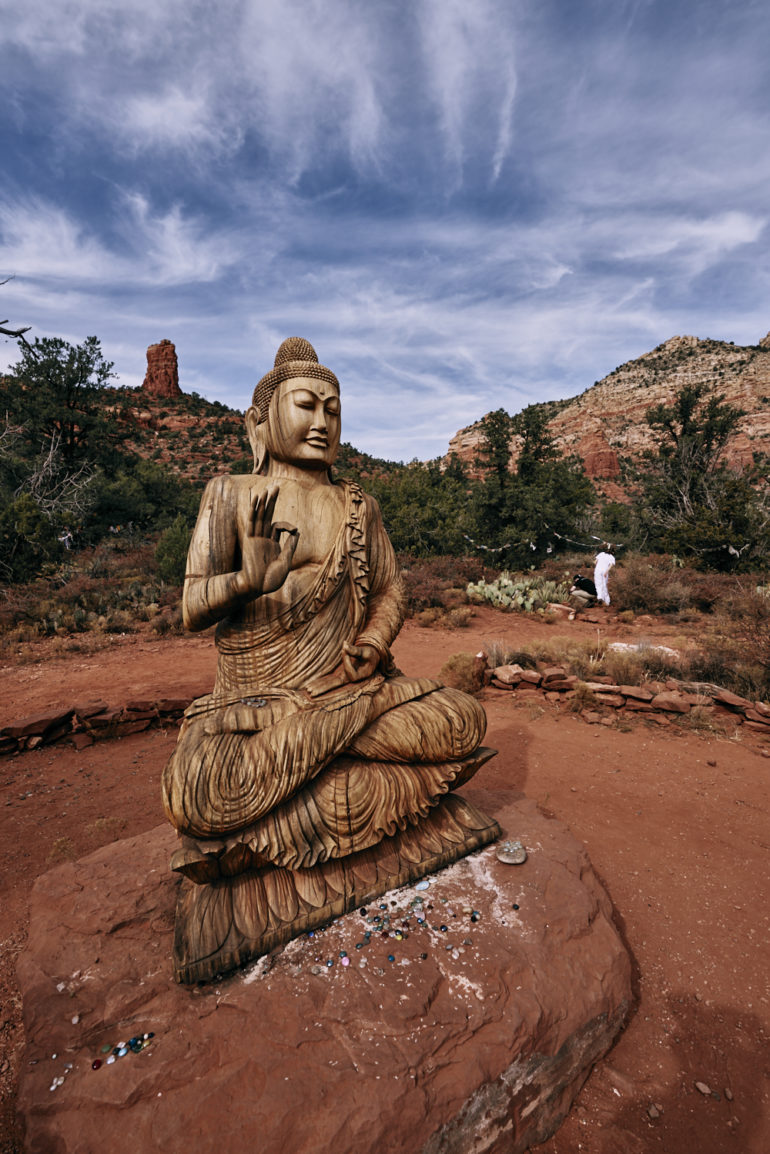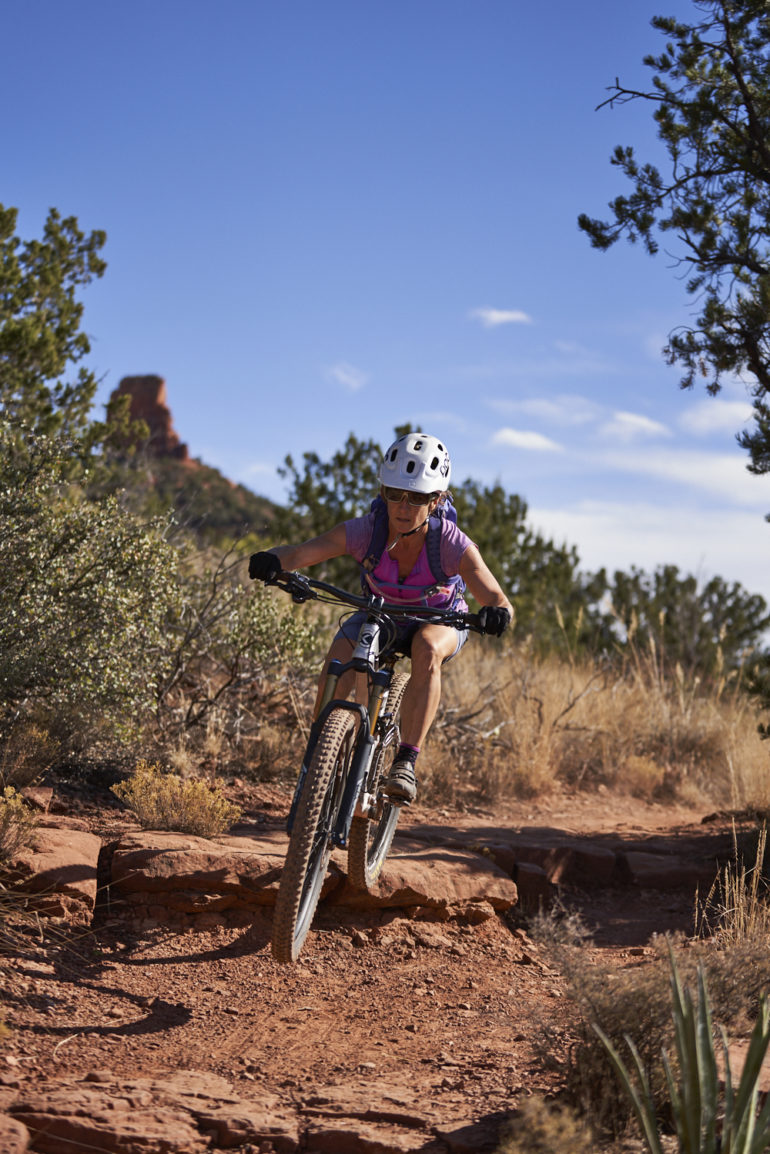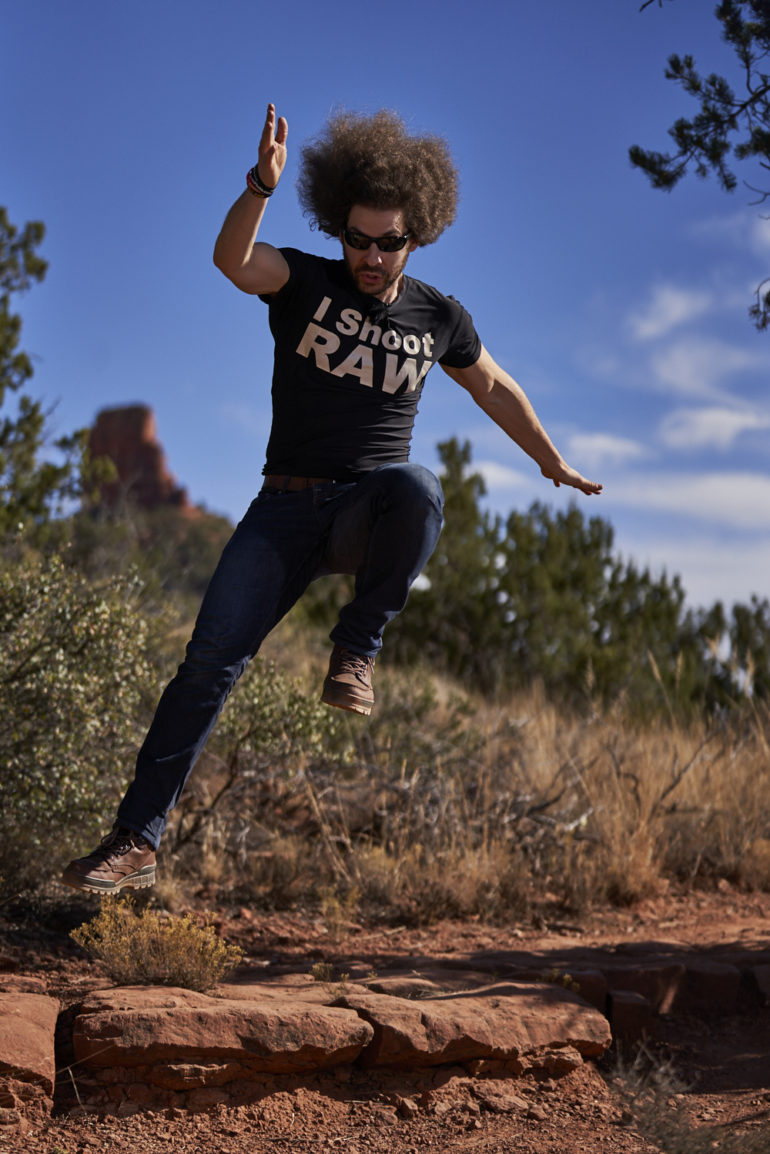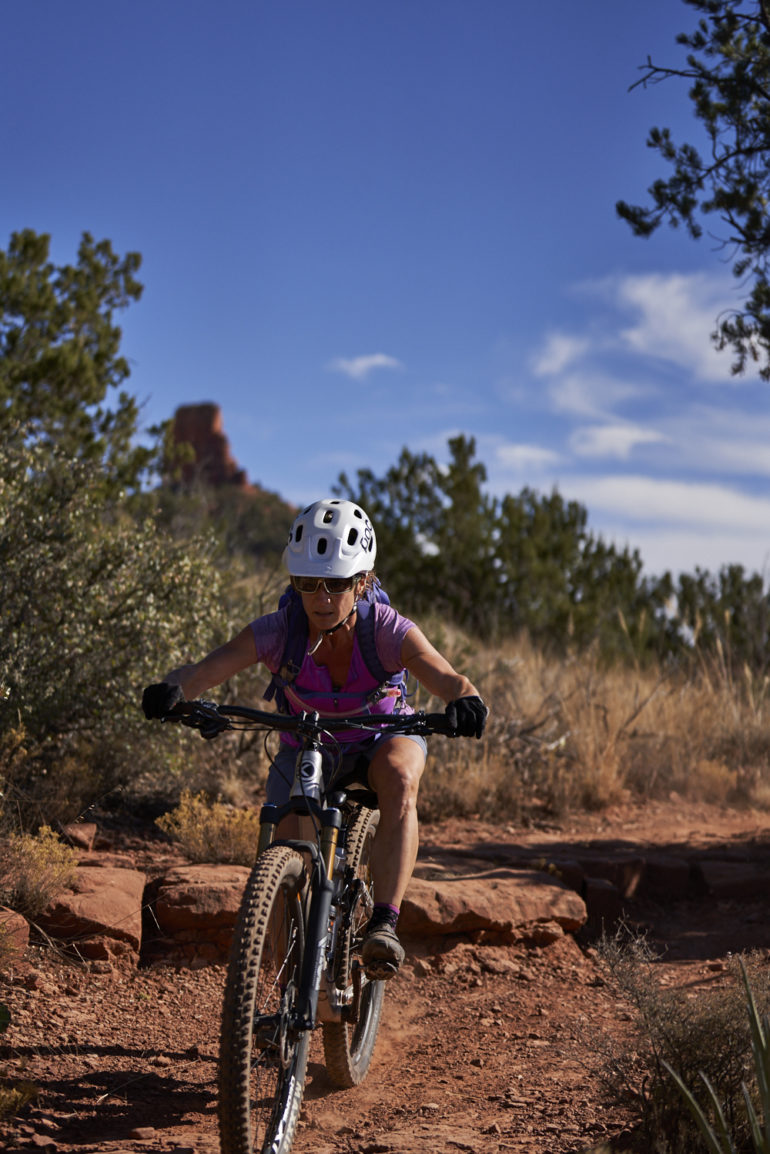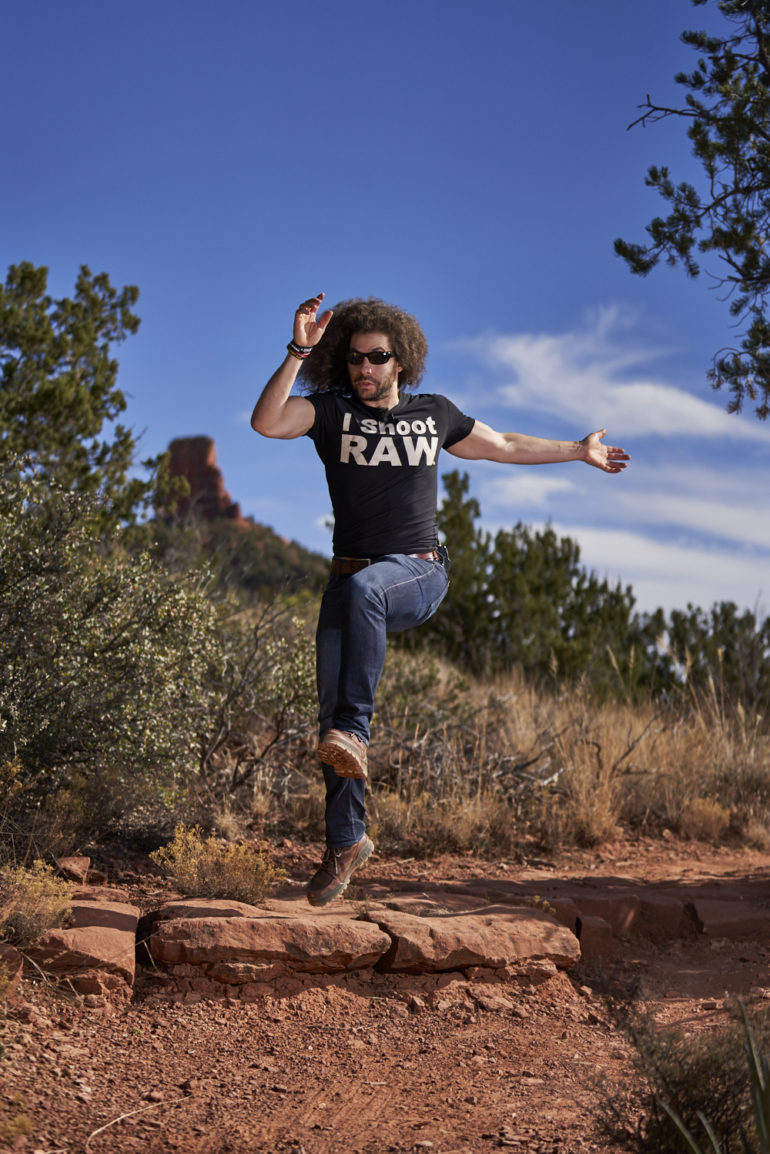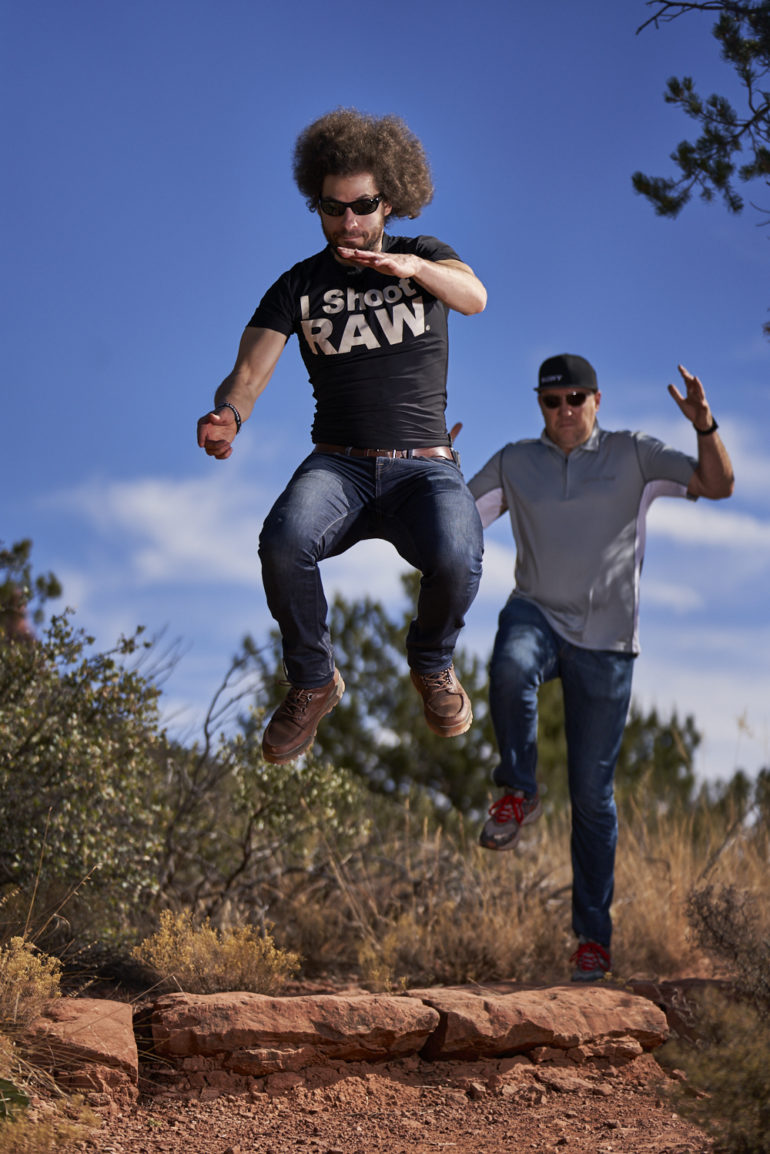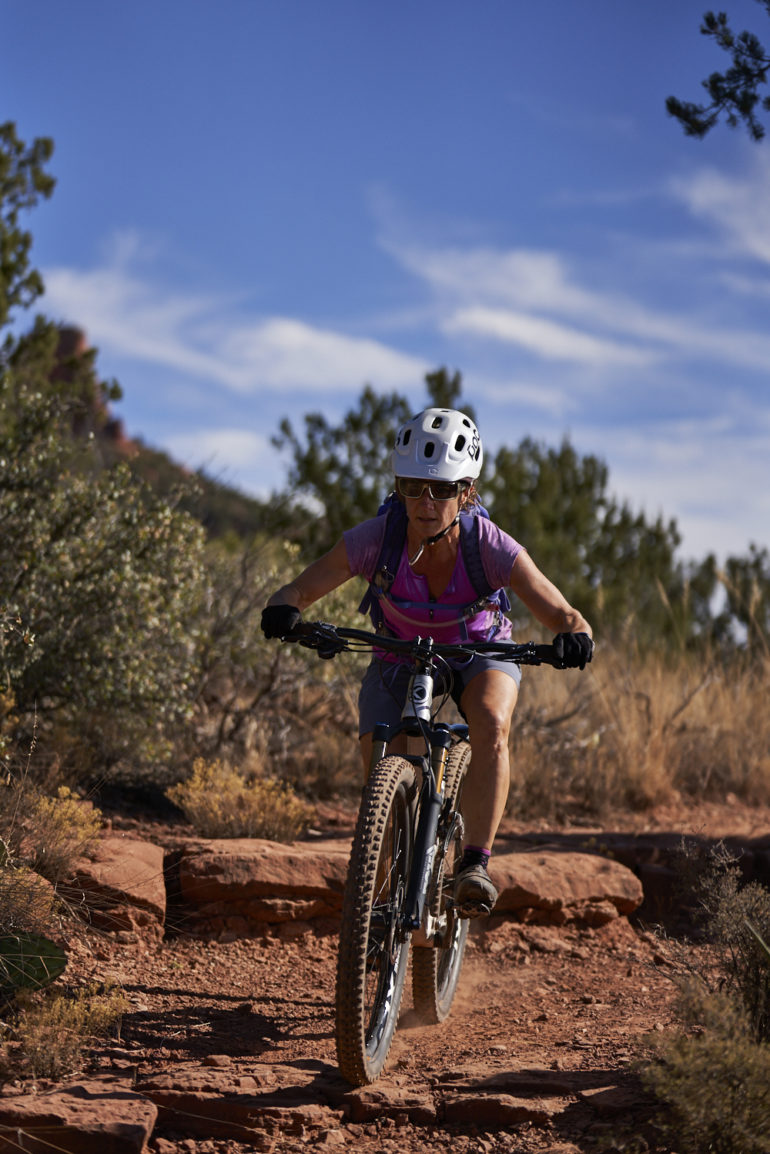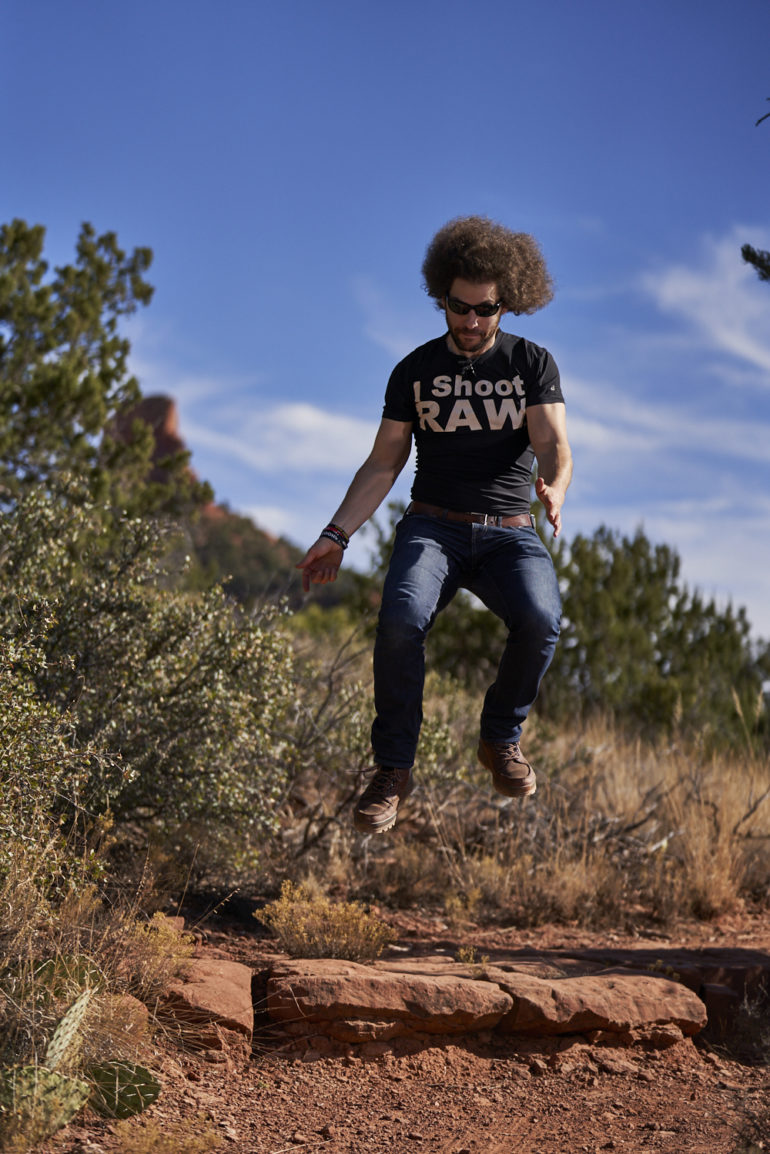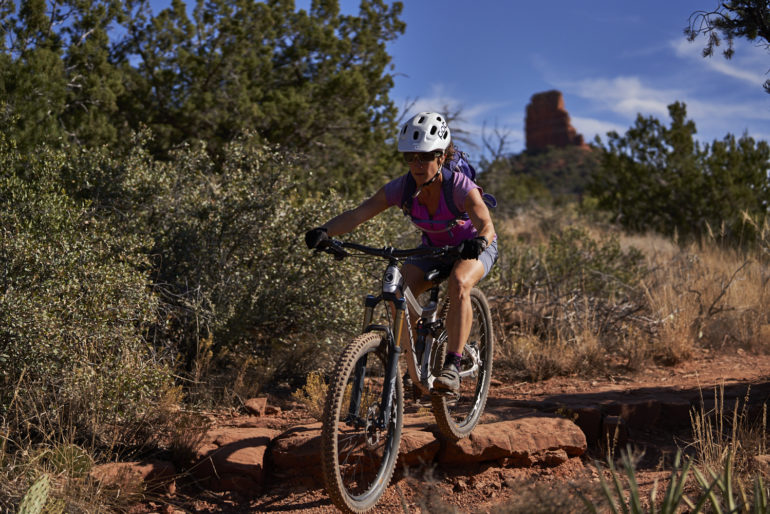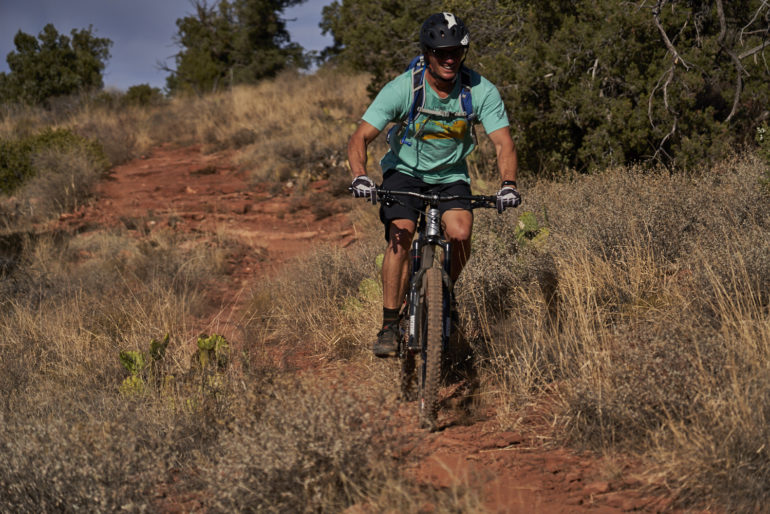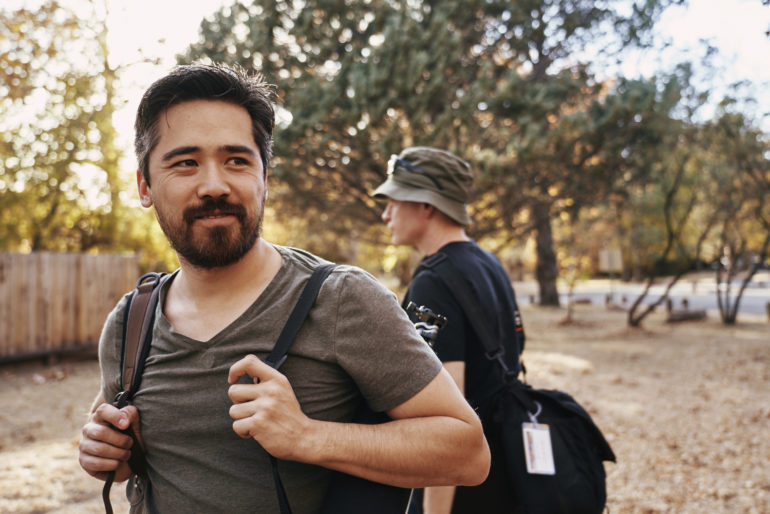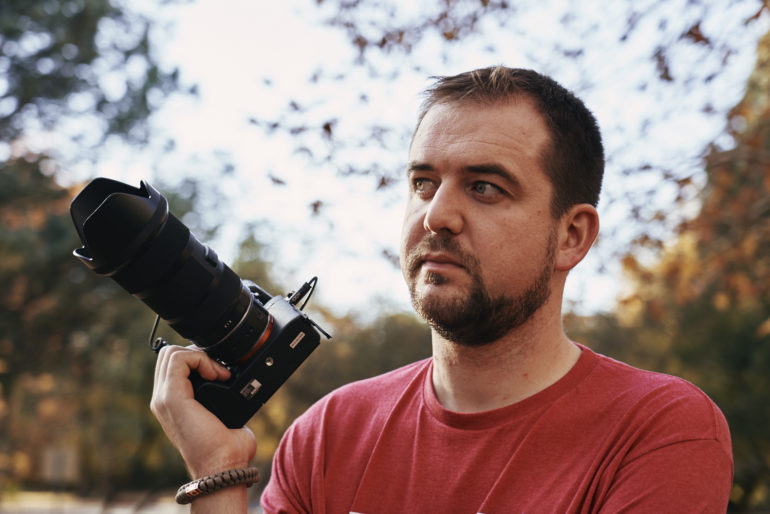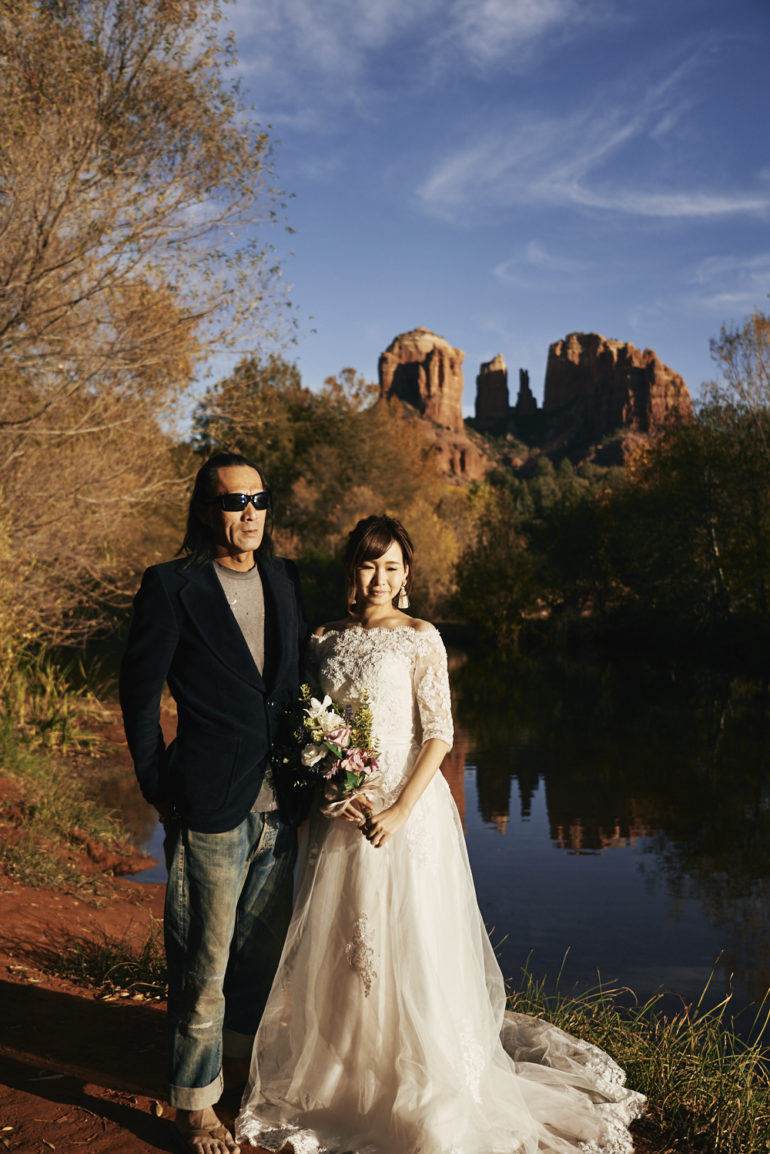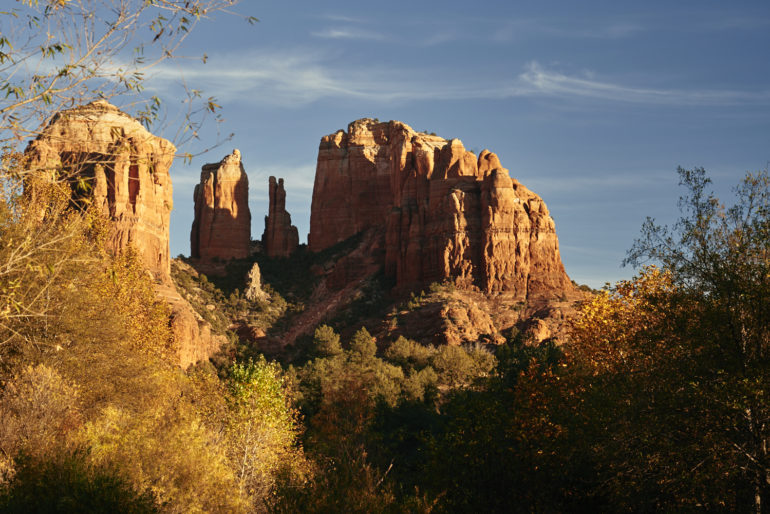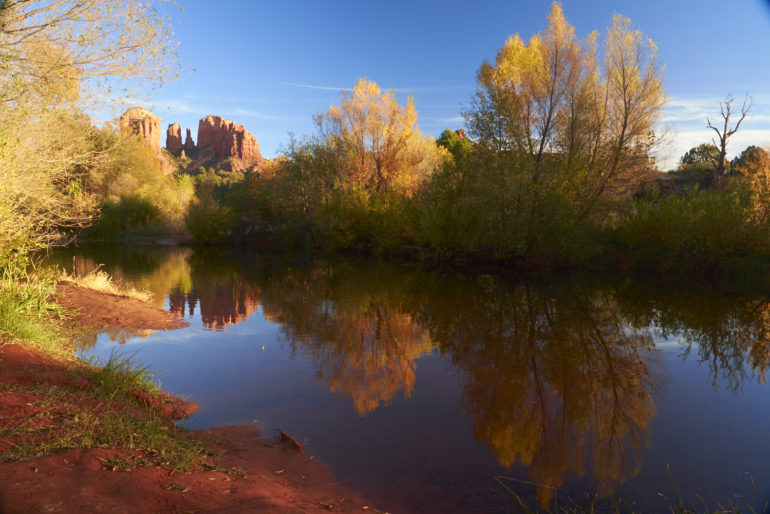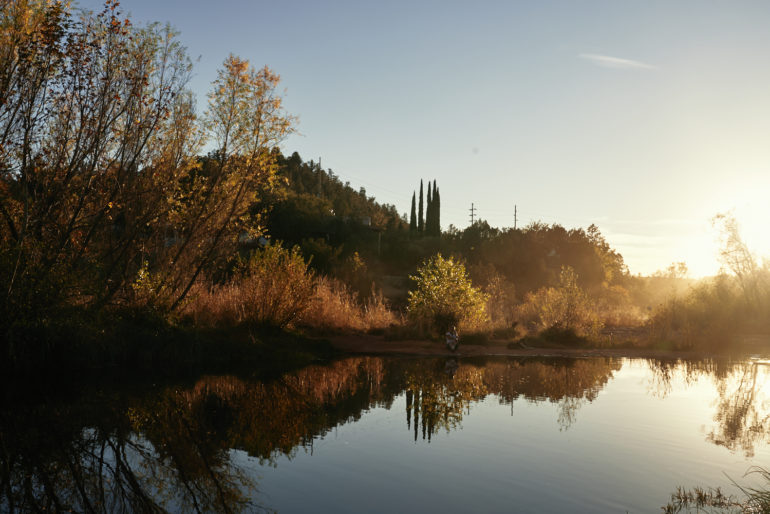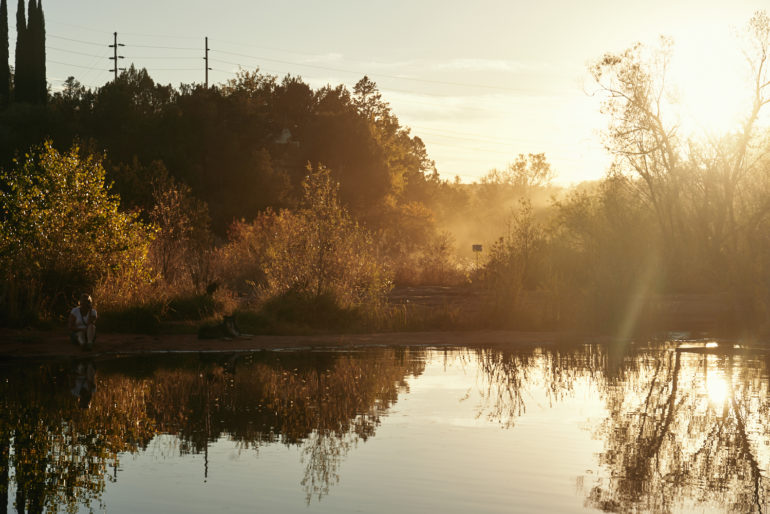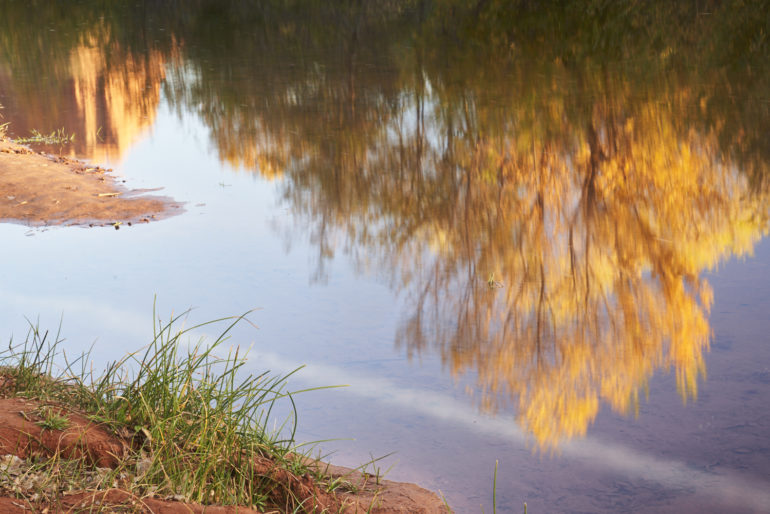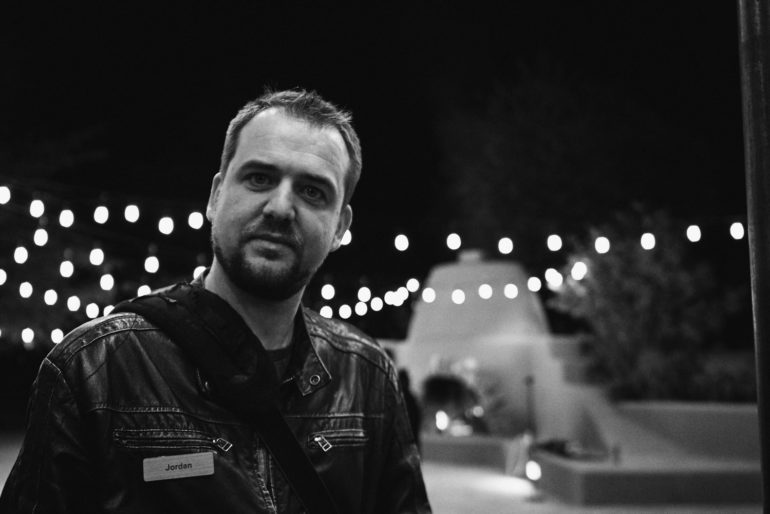Last Updated on 11/17/2017 by Chris Gampat
The Sony a7r III seems to have a sensor that allows for ultimate versatility
We’re currently in Sedona, Arizona with Sony and a number of other journalists using the Sony a7r III camera along with some of the company’s latest lenses. Additionally, I’ve been testing the Sony a7r III with the Profoto B1 and the Profoto A1. We’ve been shooting a number of landscapes, portraits, sports, and documenting decisive moments with this camera. Thus far, the Sony a7r III seems really fantastic as a mirrorless camera but there are still a few quirks. However, the good far outweighs the bad.
Let’s start with the good: these RAW files are fantastic. The Sony a7r III has the same 42.4 MP full frame sensor as the Sony a7r II, but the newer camera receives enhancements via the processor. At lower ISOs, there are 15 stops of dynamic range. At anywhere below ISO 400, I’m surely seeing that. For photographers who shoot landscapes, this is an amazing feature. But photographers who shoot a lot of high speed sync portraiture will also really fall in love with this feature. It allows you to pull out a whole lot of details.
I have yet to test the Pixel Shift image creation mode, which is supposed to give you better color. I’m buying a Sony a7r III, and so I’ll do that independently at home in NYC. However, in Capture One Pro, the files are simply fantastic and capable of delivering everything I could possibly need from what I’ve seen thus far. I haven’t done in-depth skin gradation tests or made big prints yet though.
Then there’s the battery life. Yesterday, I complained about how the battery life was draining despite my methods of saving the battery power. When I come to think about it though, I shot more or less all day yesterday and my battery is at 36%. That isn’t bad for a Sony camera at all. It’s a marked improvement over the previous cameras; but I still may want to pick up a spare battery or two.
One of the very subtle things I’m realizing is the viewfinder is honestly better than I thought it would be. Maybe it’s something with the diopter but it seems to have even better eye correction than previous versions. For my pretty terrible eyes, that’s fantastic. But still, there are times when I can’t totally tell if something is in focus. And that brings me to one of the maladies of this camera: the autofocus is probably right up there between the Nikon D850 and the Sony a9. For what it’s worth, I found the Nikon D810 to have better autofocus abilities and I’ll most likely stick to that statement. Sony only really suffers when it comes to heavily backlit subjects. When it comes to tracking a biker going down a trail or a wild Jared Polin running around for funsies, the Sony a7r III can keep up for sure.
Of course, Sony’s menu system also became deeper and more complicated. Things are shifted around; and being able to use the touchscreen function to navigate the menu system would have been an incredibly clutch addition. However, touchscreen interaction only works with shooting modes.
For even more insights, you can check out our first impressions of the Sony a7r III.


